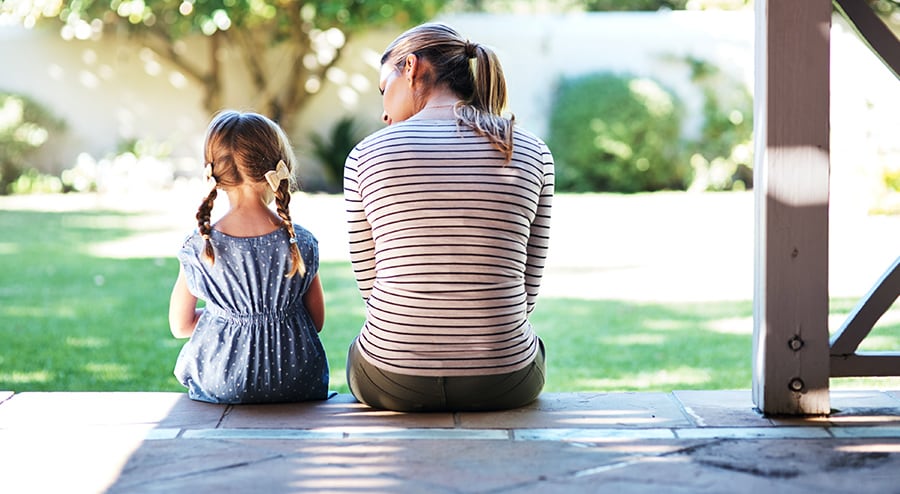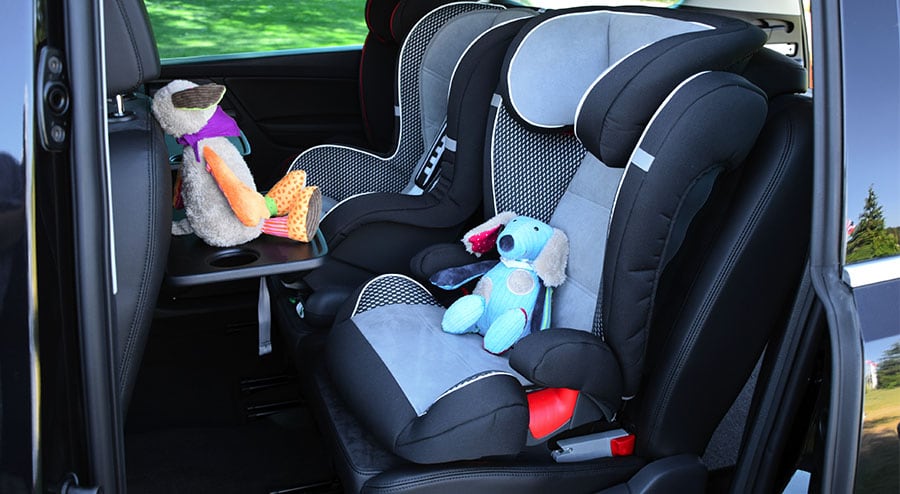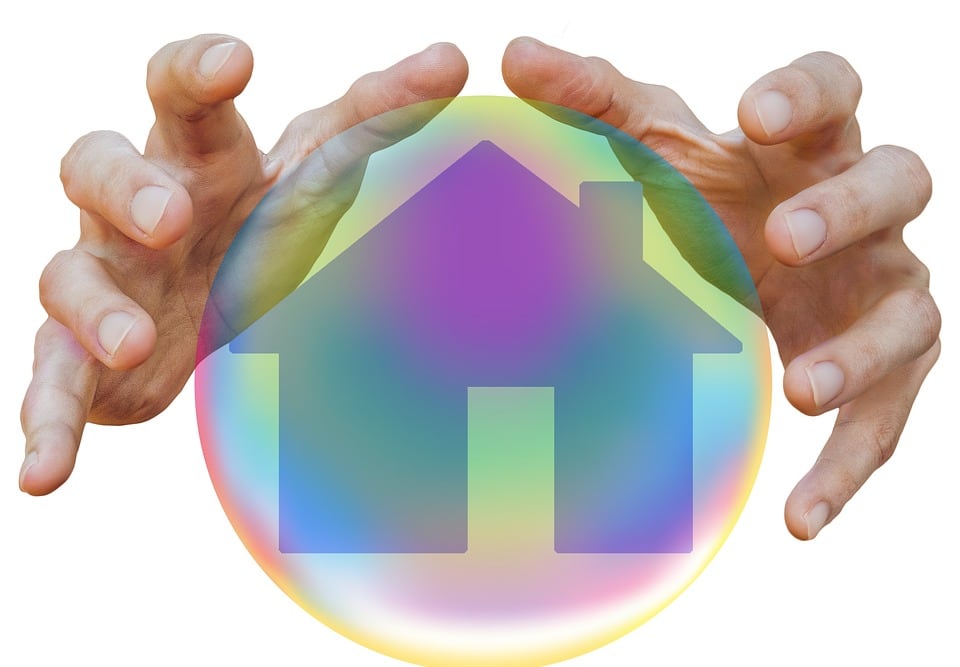Using new standards that have come into effect some seven years ago, accidents and medical issues cause from cribs have declined significantly. Now there are much stricter standards concerning crib manufacturing, with the end of sliding sides and much better materials used for the mattresses and the base.
Even though your child is much safer now than it was before, any parent knows that playing the odds is not an option when it comes to their child. You need to be very careful, think in advance and create the best possible sleeping conditions for your child to prevent any problems. This includes keeping your child warm, keeping it dry, and removing any choking hazards from the place where the child sleeps.
Refer to the American Academy of Pediatrics website to see the newest recommendations and try to follow them to the best of your abilities. Also, review the manufacturing manual of your child’s crib to be sure that it is up to standard. If the crib lacks any security or medical features, you should change the baby bed as soon as possible.
New Rules
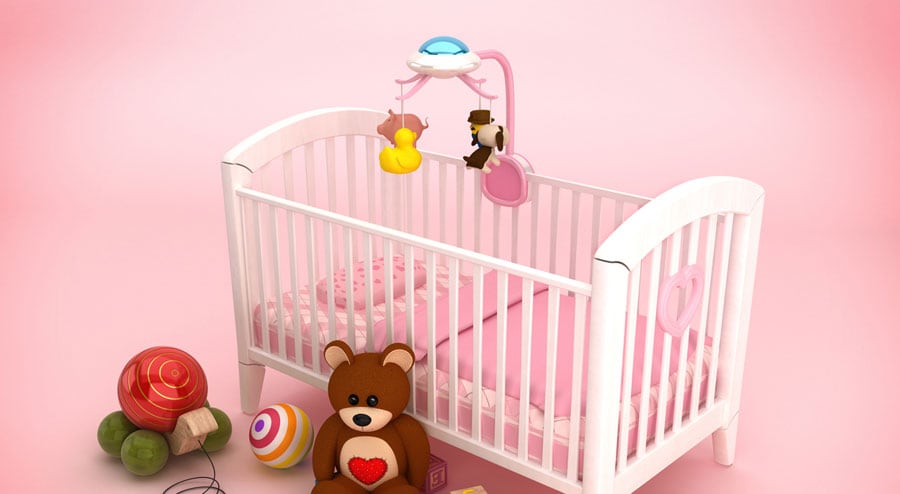
Due to safety standards of baby cribs, as of June 2011, all kinds of drop-slide rails, also known as drop-side cribs, are forbidden for crib manufacturing, which is the first legislation made about child sleeping safety made in several decades. In the years since these new rules were introduced, the number of accidents during child sleep has reduced significantly and almost all of the cribs that were connected with either medical problems and in some cases even fatalities were recalled from the market.
It is very important if you are using an older crib, or plan to buy a second-hand crib, that you check if the baby bed you are using is up to standard for the use by your child to ensure safe sleep. The new regulations don’t only enforce the safety of the rail, but also include stricter standards for matrasses, slats, and the general hardware of the crib. All new cribs are, by law, repeatedly tested for endurance and flaws.
Sometimes, parents choose to use older cribs for sentimental reasons and often these cribs are from the times where they themselves were infants. If this is the case for you, you should check the American Association of Pediatrics and the Consumer Product Safety Commission (CPSC) recall list to make sure that your crib is not on the list. If it is, you should forgo the sentiment for the sake of safety.
If your older crib is not on the recall list, you should check the crib often to see if there are any loose parts or screws that are missing. If there are any broken parts, think about purchasing a new crib for your child, as that is a much safer and more often than not a cheaper option than repairing the old crib all the time.
The recommendation is for you to keep all toys, blankets, pillows, and other objects out of the crib at all times. Your child will be able to play with their toys and comforters once it is awake, and they are a constant hazard if inside the crib.
Safe Sleeping
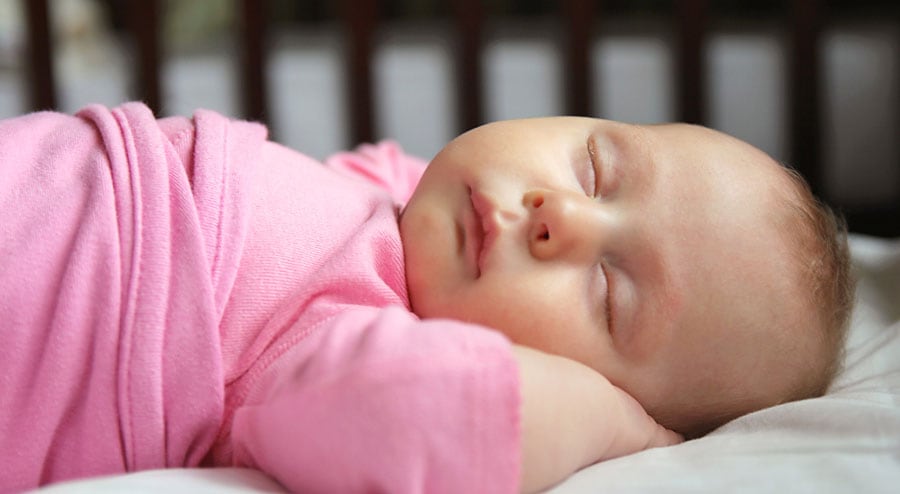
All babies are special, and they all have their own quirks and needs, as they are also people. What all babies have in common is that they need a good night sleep in a way that is safe and beneficial to their development. It is recommended for babies up to their first birthday to sleep only on their backs. Multiple tests have proven that sleeping on the back is the safest way possible for a baby to lie down and this includes infants with GERD, as they have a gag reflex that will prevent them from choking in their sleep.
If the baby wants to roll around from their front to their back, you can allow that and you don’t need to roll them back, but you must be certain that there are no obstacles for the child to roll back on such as toys, blankets or similar blocks. Not only can those objects force your child to sleep on their belly, which is a medical hazard on its own, the objects inside the crib are a big choking hazard.
Newborn babies should lie down with their mother for at least an hour each night as to create the skin on skin contact as much as possible. This contact is crucial for the early development of the baby and important even when the child is older. Ten minutes of skin to skin contact every day reduces the risk from a plethora of problems for the child, both somatic and psychological. Once the parent holding the child needs to sleep, you should place the baby in the bassinet and safely in the crib facing up.
The crib should have a sturdy frame and a hard mattress. Even though you might think that your baby would be more comfortable in a softer environment, this is a misconception and can create multiple problems. Once you place your child in the crib, the mattress should not indent under the baby’s weight. The child should be placed in the bassinet or a crib alone, without any blankets or toys.
Be sure that the sheet for the crib mattress is tight and made exactly for the size of the mattress. If any parts of the sheet become loose, that can create a choking hazard for the child. If you are unsure if your crib mattress is up to standard, consult the CPSC guidelines for the particular product.
For the first year and preferably as long as you are comfortable, share the room with your baby. You should spend as much time in the same room with your child as this has many medical and developmental benefits for the child.
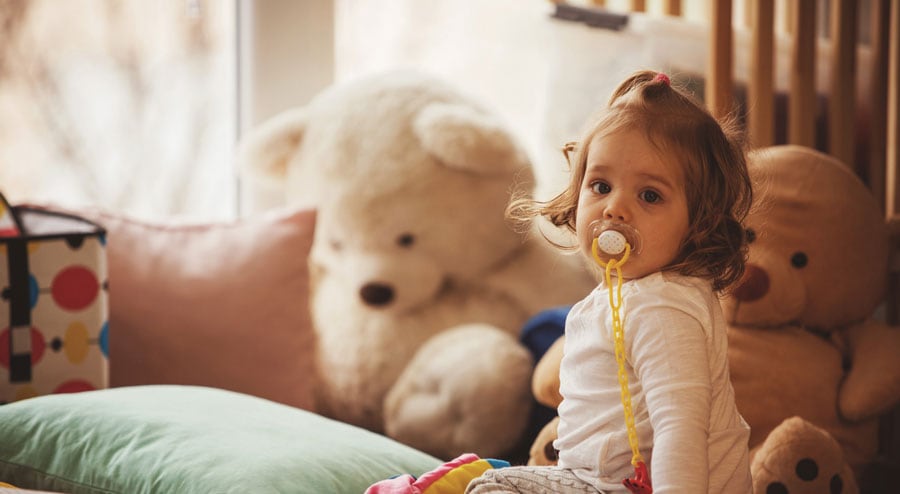
Risk of unwanted occurrences, such are sudden infant death syndrome (SIDS), are reduced for as much as 50 percent for babies that share their room with their parents. This will also make it easier to feed, clean, and comfort your child and it will keep both of you happy. When you take your baby out of the crib to feed or comfort it, and bring it into your bed, make certain to bring it back to their crib once you feel you will fall asleep yourself.
If you feel drowsy and believe that there is a chance that you will fall asleep, remove all things from your bed that can cover the face of the baby and makes it a choking or a smothering hazard. Also, make sure that you don’t place your baby next to anything that can overheat it or any cooling devices as that can create muscle spasms that have detrimental effects on the baby’s development.
Once you wake up, return the baby to its crib or bassinet and then you can go back to sleep at ease. While it is nice to comfort your baby, you shouldn’t share a bed with it as there are dangers for the child sleeping in adult beds. This is especially important if anyone sleeping in the bed is a smoker or has drunk alcohol, as evaporations can harm the baby, as well as with prematurely born babies or those with low birth weight.
It is never a good idea to let your baby sleep on a sofa or any other similar surface as they are very dangerous for small infants and are usually filled with particulates that can harm the baby. When the baby is several weeks old, you should offer it a pacifier and see if the baby will accept it.
Breastfed babies that use a pacifier have a reduced risk of illnesses and SIDS and are generally healthier. If the pacifier falls out during the night there is no need to put it back until tomorrow night. If your baby rejects the pacifier, that is not a problem, wait for some time and then try giving it to the baby again.
Disposing Of Old Cribs
There are several ways to dispose of your crib which depend on age, condition, and specification. Rules and regulations that apply to new cribs also apply to the old ones and any resale of cribs is included under the new rules. If your crib is fine for use, make sure that it is clean, that there are no broken parts or missing screws. In this condition, you will be able to sell your crib to be of use for new babies.
If your crib is not up to standard and is considered a safety risk, you will be unable to resell it in any way. If there is a recycling system in your area that can dispose of the cribs in a beneficial manner, this would be the best option. If recycling is unavailable, don’t throw the whole crib or donate it to a thrift shop as someone could take it, in so endangering their child.
For cribs that are unsafe, it is best to disassemble it completely and to destroy the frame. Take out the mattress and unscrew the legs of the crib. Remove one side of the frame and pull out all the supports. After that, dispose of the parts depending on their material, recycling metals with other metals and wood with biodegradable material.
Sources
- https://www.awebtoknow.com/reviews/best-baby-cribs/
- https://www.sleepadvisor.org/best-crib-mattress/
- https://www.babeetalk.com/blogs/babeetalkblog/116537285-crib-rail-cover-safety-tips-for-new-parents
- https://www.sleepridiculouslywell.com/finding-the-best-crib-mattress/
- https://www.betterhealth.vic.gov.au/health/healthyliving/baby-furniture-safety-tips


